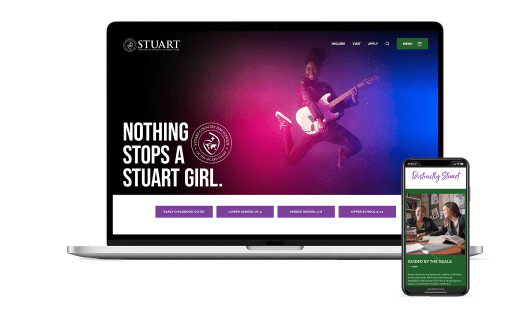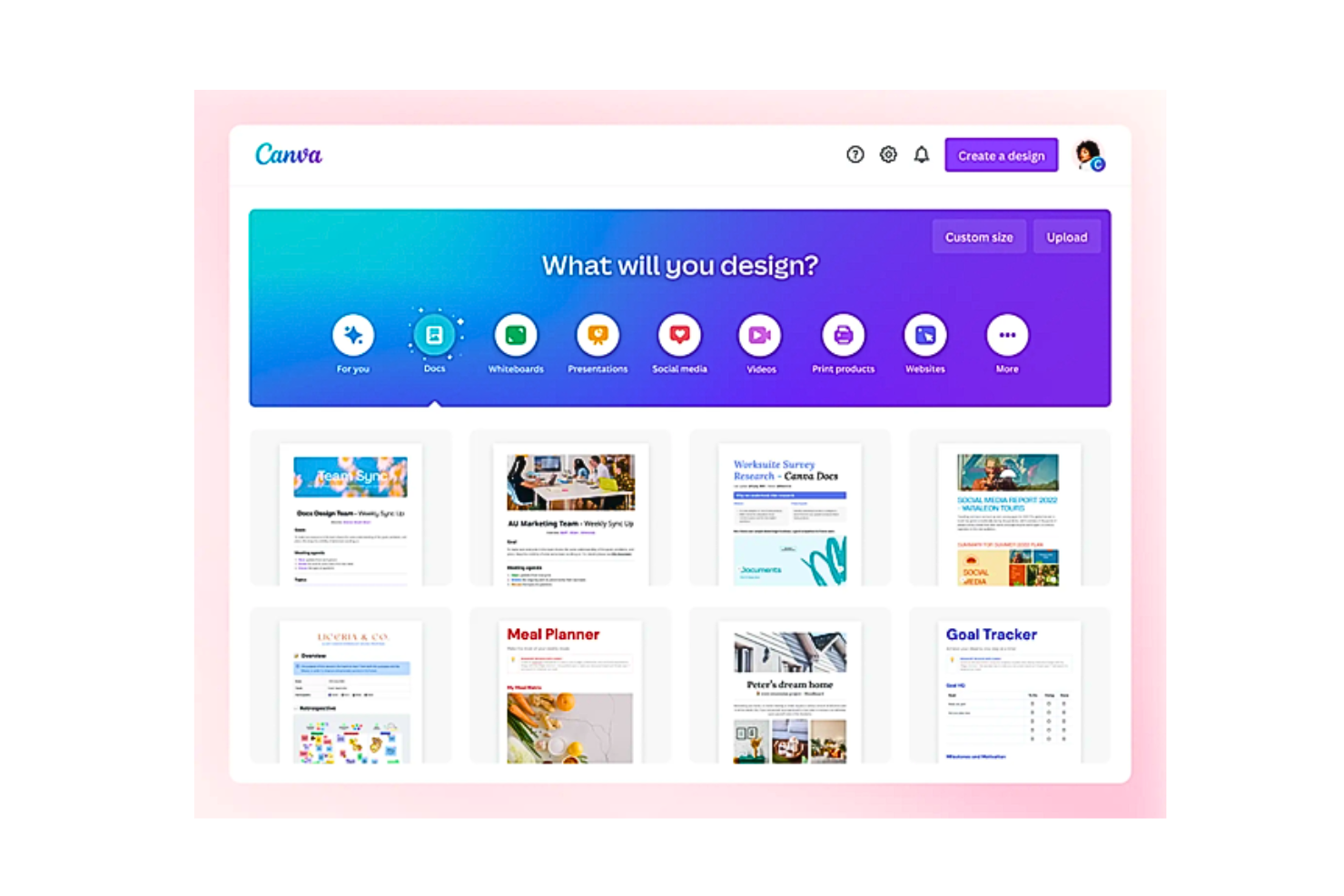Modern Website Style That Records Interest and Converts
In a progressively digital landscape, modern-day web site style has become a crucial consider catching individual attention and driving conversions. By purposefully utilizing visual pecking order, receptive layouts, and involving interactive components, designers can create experiences that not only attract visitors yet likewise help with significant communications. Reliable call-to-action techniques play an essential role in guiding individuals towards desired end results. As we check out these essential elements, it becomes clear that recognizing their interplay can dramatically affect an internet site's performance and individual complete satisfaction. What are the crucial elements that genuinely make a distinction?
Relevance of Visual Hierarchy
Visual pecking order is a vital aspect in website layout, as it overviews customers' attention and improves their overall experience. By tactically organizing content, developers can route customers to one of the most vital info first, thus boosting interaction and improving usability. Efficient visual pecking order employs various methods, consisting of dimension, comparison, shade, and spacing. Bigger components naturally attract the eye, while contrasting colors can emphasize essential messages, making them stick out among even more suppressed elements.
Integrating a logical circulation in content setup is necessary; for instance, positioning the most critical info at the top of a page promotes prompt recognition. Consistent use of typography, such as differing font dimensions and styles, assists establish a clear material framework. This company not only aids in navigating but likewise develops trust, as individuals really feel much more comfy when they can conveniently locate what they are looking for.
Eventually, a well-executed aesthetic pecking order not only enhances aesthetic allure yet likewise dramatically affects individual behavior. By focusing on necessary aspects and ensuring a seamless experience, designers can efficiently transform site visitors right into consumers, reinforcing the value of this fundamental design principle in modern website development.
Responsive Style for All Instruments
Developing a smooth experience across numerous tools is essential in today's digital landscape, where users access websites from smart devices, desktops, and tablet computers alike. Responsive design is an important technique that makes sure sites adapt fluidly to various screen sizes, resolutions, and alignments. By using versatile grids, images, and CSS media inquiries, developers can create formats that preserve visual honesty and functionality, no matter the device being utilized.
The relevance of receptive design expands beyond looks; it directly affects user interaction and conversion prices. A site that functions well on all gadgets encourages longer visits and lowers bounce prices, as customers are extra most likely to connect with web content that is easy to navigate. In addition, online search engine, particularly Google, prioritize mobile-friendly websites in their rankings, making responsive style an essential component of seo (SEO)
Including receptive design not only improves user experience yet also enhances the growth process. By developing a solitary site that works across devices, organizations can save time and resources contrasted to establishing different mobile and desktop versions. Eventually, responsive style is a fundamental technique for contemporary web site layout, making certain availability and fulfillment for all users, despite their device.
Engaging Interactive Elements
While a responsive style lays the foundation for a practical internet site, incorporating engaging interactive elements is critical for capturing individual attention and fostering much deeper connections. Website Design. Interactive elements, such as animations, quizzes, and clickable infographics, produce a more dynamic individual experience, encouraging site visitors to invest more time on the site
Including interactive attributes can additionally lead individuals via complex information, making it easier to absorb material. For instance, interactive sliders can highlight product variations, while embedded video clips can offer demos or testimonials that reverberate greater than static photos or text. Moreover, gamification strategies, like benefits for engaging or completing jobs with web content, can improve customer inspiration and retention.
Reliable use interactive elements not just enriches the customer experience but can likewise cause higher conversion rates. By making communications informative and pleasurable, companies can grow a sense of commitment and count on with their target market. However, it is vital to stabilize interactivity with performance; excessively intricate features might hinder site rate, adversely impacting individual fulfillment. Ultimately, incorporating well-designed interactive aspects can significantly elevate an internet site's efficacy, driving interaction and conversions in today's affordable electronic landscape.
Structured Navigating Practices
Reliable navigating is a keystone of any type of effective website, as it straight affects customer experience and web content ease of access. Streamlined navigation practices ensure that individuals can easily locate information, enhancing their interaction useful content with the site. A well-structured navigating food selection must be easy and instinctive, normally including a minimal variety of key classifications to avoid frustrating visitors.
To attain streamlined navigating, developers must prioritize a hierarchical framework that practically arranges material. Executing breadcrumb trails can offer individuals with context about their existing place within the site, enabling seamless backtracking. In addition, using drop-down menus can properly save area while still giving access to subcategories.
Receptive layout is important, as navigation should be useful throughout all gadgets (Website Design). Mobile users, in certain, gain from touch-friendly food selections and retractable sections that keep usability without endangering appearances

Reliable Call-to-Action Strategies
A well-crafted call-to-action (CTA) is essential for leading individuals toward preferred outcomes on a website, as it encourages them to engage with material check it out or make an acquisition. To maximize their performance, CTAs must be clear, compelling, and tactically positioned throughout the site.
First, make use of action-oriented language that communicates necessity or worth, such as "Obtain Started," "Sign up with Currently," or "Claim Your Discount rate." This language not only inspires individuals however also establishes clear expectations regarding the following steps.
2nd, think about layout elements; CTAs must stand apart visually with contrasting shades, sufficient whitespace, and famous positioning. A switch that is very easy to see and click increases the possibility of individual communication.
In addition, individualizing CTAs based on customer behavior or demographics can dramatically improve involvement. Tailored messages resonate much more with customers, driving higher conversion prices.

Verdict
Finally, modern web site design emphasizes the combination of aesthetic hierarchy, receptive layouts, engaging interactive aspects, structured navigating, and reliable call-to-action techniques. These elements jointly boost user experience, guaranteeing that visitors stay involved and encouraged to discover content additionally. By focusing on these design principles, services can significantly improve customer retention and conversion prices, eventually bring about better success in the digital landscape. The continuous development of internet style highlights its essential role in effective online interaction and marketing.
In a progressively digital landscape, modern internet site style has emerged as a critical aspect in catching individual attention and driving conversions.Aesthetic power structure is a crucial component in internet site style, as it guides customers' focus and enhances their overall experience.The relevance of responsive layout prolongs beyond appearances; it straight impacts customer interaction and conversion prices.Including responsive design not only boosts customer experience but likewise simplifies the growth procedure. Eventually, receptive style is an essential technique for modern web site style, making certain accessibility and fulfillment for all users, no matter of their device.